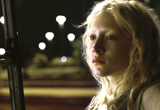
Mr X provided invisible effects for the exotic sci-fi thriller ‘Hanna’, giving the young lead character her extreme strength and endurance and heightening the sense of danger and mystery. VFX supervisor Brendan Taylor led the team on 200 shots, handling lighting and compositing to subtle matte paintings and cg environments.
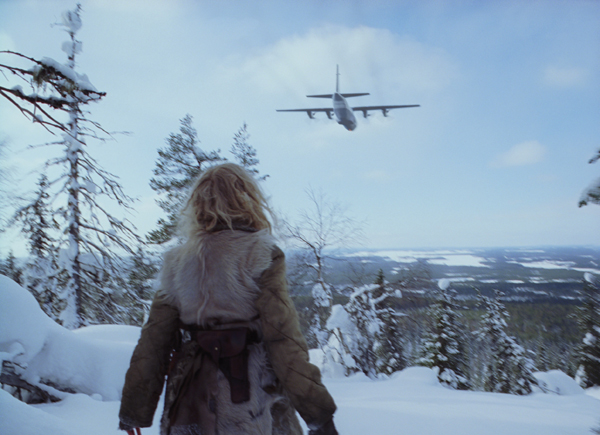 |
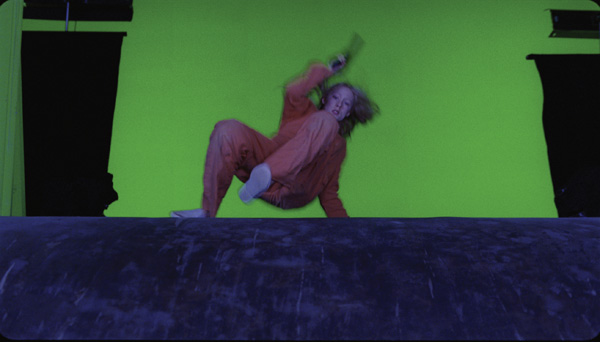 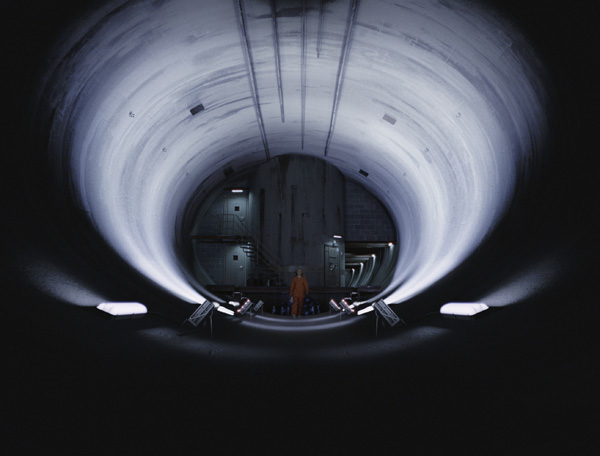 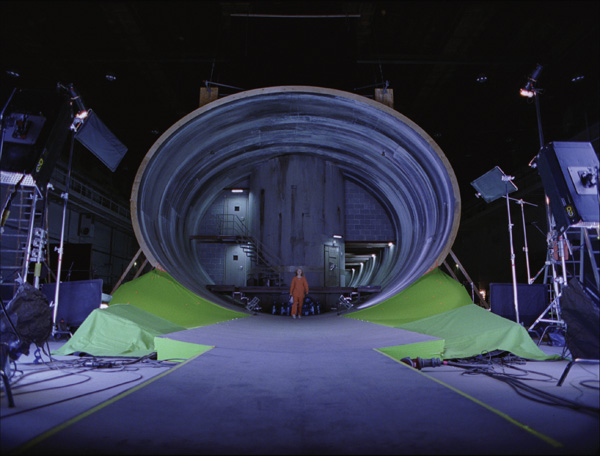 |
| ‘Hanna’ begins in deep snow in a remote forest setting in northern Finland. In late January 2010, Brendan did some location scouting around Bavaria, Hamburg and Berlin, the intended area for production, where they found beautiful conditions and powdery snow, but the shoot was planned for March when it seemed unlikely that enough snow would remain.
Cold Crew Though Brendan felt sure the production would have benefitted from previs, they didn’t have the time or resources for it as both the script and the locations were still constantly evolving. “Previs generally has to be geared to a specific location. One sequence that I really would have liked to previs was the chase in the container park chase sequence. I explained to Joe that It would have helped us understand better what could be done practically and what should be digital, and helped the Art Department prepare the site. “But on films like ‘Hanna’ with so many locations, everyone is on the go. Also, much of the sequence was improvised because Joe and Jeff Imada our fight choreographer couldn’t organize early enough exactly where the containers would be positioned, only that Hanna would be running across the tops and jumping from one to the next. They only planned the scene a few days ahead, which probably helped give it that edgy quality.” Across the Wilderness C-130 Hercules The live action was shot with the camera on a 30 foot Technocrane. It follows her out from under the trees and swings around to her point of view, but the crane was so large and heavy that they couldn’t make the camera move fast enough to match the speed the plane should be moving above her. The speed of the footage here had to be increased a little, which caused some artefacts in the image to clean up. For 3D modelling and texturing, the pipeline runs on Maya and Photoshop, rendering in V-Ray and compositing in Nuke and some Flame. Berlin Windkanal The Windkanal had the right looks for the story but lacked the necessary holding cells, which were built on a set at the Berlin film studio at Babelsberg. Joe also wanted to convey the drama of Hanna’s escape by giving her a long perilous run toward a massive steel door that she just manages to slide under before it falls shut. The Art Department had built a significant set at the location to try to accommodate this, but it wasn’t going to produce the look Joe wanted. To build further would have been too costly so, initially, Mr X were going to extend the set walls but eventually built a complete cg tunnel, including the steel door. Strobe Lighting “It meant juxtaposing two quite different lighting scenarios in quick succession. The bright UV light produces a basic white fill light, which switched on and then off again in big staccato strobe effect. The compositors created both set ups and flipped between them at the required speed. I collected a lot of photos in the Windkanal of the strobes, which they could use to match but it remained a challenge. The two-day shoot under those lights was pretty gruelling.” Perfect Punching “Slowing the frame rate for the slow motion makes the problem more obvious. They tried on set to improve the punches with camera position and composition but because Joe wanted to shoot the sequences in long continuous takes, many of the best dramatic angels needed some adjustment to the timing in post.” In the Flame, compositor Barb Benoit rotoscoped out the character receiving the punch and shifted him closer to the one delivering the punch. A slight time warp slowed the action down for a few frames just as the punch was delivered and sped it up again on impact. Because these fights had been shot with long lenses against green shrubbery, Barb could use a soft roto where the softer edges allowed blending. Edges were typically away from the face and no lighting or colour correction was needed, which eased the process. Recreating sections of background was easier than try to do a tight roto on a fast fight sequence. Flame was chosen for this composite because of its editing tools. Cold Hamburg Night Brendan watched the shoot on set. “Whenever the camera position rose enough to reveal the wider area, or if there was an actual scripted VFX moment, I’d get into a lift to the camera’s height and capture numerous stills to use to build the matte paintings. A few of the bright yard lights were real, positioned by Joe or Alwin Küchler, but we took some time designing further lights, carefully choosing the location, the lights’ colour and level of flare. I was keen to create a feeling of a cold Hamburg night. Saoirse did a surprising amount of her own stunt work, sprinting and jumping across the containers. She and the other actors needed harnesses attached to a high line, requiring removal later. Brendan captured all of his reference photos for the cg containers at the shoot to ensure the lighting was the same. As soon as the crew finished their shots and moved on to a new point of view, he would follow up with his camera. All of the distant background, plus the haze over the scene, was created at Mr X by matte painter Milan Schere. On the Road On his trips to the UK to work with Joe, Brendan travelled through Segovia to capture photography for these paintings, which Matt Schofield put together. Brendan had shot at midday but the light had to be changed for the story to resemble sunset. The exterior of the CIA building needed specialised matte paintings as well. The plate was shot outside the Velodrom in Berlin. They wanted to enhance the existing trees but due to the lighting angles, they couldn’t make the elements work across the shot. “We tried quite hard to make this work, but trees always demand correct lighting angles to work convincingly in a composite. Eventually I had to shoot some tree elements later in Toronto with the same vantage point and piece together a shot. Sometimes, you just have to change your approach to save time in the end.” |
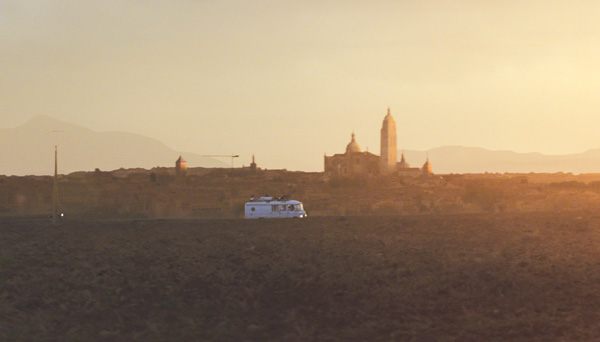 |
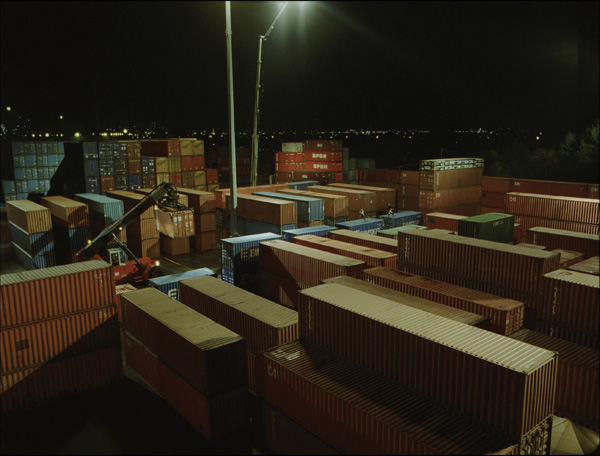 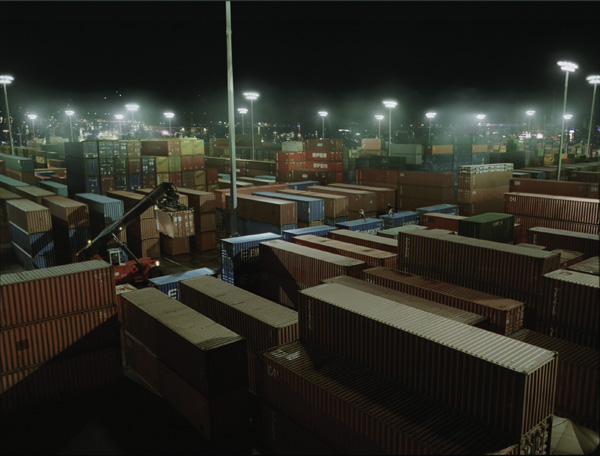 |
| Words: Adriene Hurst Images: Courtesy of Mr X and Universal Pictures |
| MORE FEATURE ARTICLESFeatured in Digital Media World. Subscribe to the print edition of the magazine and receive the full story with all the images delivered to you. Only $79 per year. PDF version only FREEsubscribe |


















